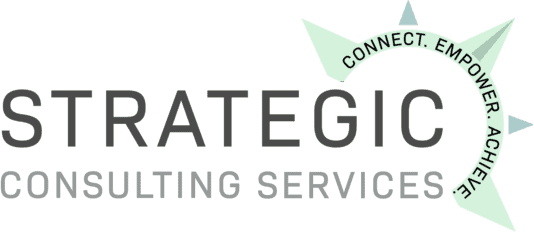In today’s rapidly evolving work landscape, telework has emerged as more than just a trend—it’s an essential aspect of modern business operations. With its rising significance, there’s a pressing need for organizations to adopt a structured approach when addressing telework accommodation requests, ensuring both operational continuity and employee well-being.
Step One: Accommodation Request Evaluation
When an employee submits a request for telework due to a medical condition, it’s paramount to discern the nature and context of this request. This initial assessment becomes the foundation for the entire process. Organizations must then consult their existing telework policies. If the proposal aligns with these guidelines, it may be swiftly approved. However, if it falls outside established parameters, a deeper dive is necessary to assess job roles and responsibilities in the context of remote work.
Step Two: Gathering Essential Medical Information
In instances where the disability or need for accommodation isn’t immediately evident, employers may find it necessary to request pertinent medical documentation. The key is to do so respectfully and discreetly. Upon receiving this documentation, it’s vital to critically assess its sufficiency, ensuring it explicitly supports the telework request. Should there be gaps or ambiguities, a constructive dialogue with the employee can aid in securing more comprehensive information.
Step Three: Delving into Accommodation Alternatives
Fully grasping the reasons behind a telework request is pivotal, as it sheds light on the employee’s specific needs. While teleworking might seem like the go-to solution, employers must explore a spectrum of accommodation options. This broadened perspective ensures that the chosen solution aligns seamlessly with both the organization’s operational demands and the employee’s well-being.
Step Four: Decision Time – Choosing the Right Accommodation
Striking a balance between the employee’s preference and the company’s practical needs is crucial. While considering the employee’s desired accommodation is valuable, the ultimate decision hinges on effectiveness and feasibility. Once a determination is made, transparent communication with the employee is key, ensuring clarity and fostering mutual understanding regarding the chosen accommodation pathway.
Step Five: Effective Implementation of Chosen Accommodation
Implementing the chosen accommodation goes beyond mere decision-making. It’s about meticulous execution. First and foremost, address the tangible: Does the employee have the requisite equipment for their home office? If not, can the company provide it or an effective alternative? Alongside equipment, robust technical support is non-negotiable to ensure smooth work processes. Moreover, it’s crucial to probe deeper: Are there other specific needs unique to the employee’s home office setting? By methodically addressing these facets, we lay the foundation for a seamless teleworking experience.
Step Six: Documentation & Ongoing Monitoring
Thorough documentation isn’t just about ticking boxes—it’s about safeguarding both the employer and employee. Recording agreed-upon accommodations ensures clarity and transparency. But our duty doesn’t end at documentation. Regular check-ins are pivotal, acting as a barometer to gauge the accommodation’s ongoing effectiveness. By ensuring accommodations remain up-to-date and addressing any emerging challenges, we cultivate an adaptive and supportive work environment.
Navigating the Telework Transition
In our digital age, telework is more than a convenience—it’s a necessity. As stewards of the modern workplace, employers bear the responsibility to streamline telework accommodations, ensuring not just compliance but a genuinely supportive environment. An organized, empathetic approach is key to fostering collaboration and productivity in our evolving workspace.
Strategic Consulting is Your Partner in Managing Workplace Challenges
For twenty years, we have been helping companies in the Pacific Northwest with worker injuries, disabilities, and other vocational challenges. We are here to support you in this unprecedented era of teleworking and WFH.
Our team is here to help with your disability accommodation issues, vocational rehabilitation needs, ergonomic evaluations, and other employee needs.
We have partnered and provided solutions to some of the largest companies in the world (such as Boeing, Microsoft, and Amazon). But, at our core, we are still “people taking care of people,” one project at a time. Our success is built upon and providing you the best solution to your workplace challenge. Contact us today by filling out a form (below), submitting a referral, or visiting our ‘Contact Us‘ page to find your nearest office.

Ric has been working in the industry since 2002, specializing in developing employer jobsite analysis and light duty programs, ergonomics consultations and adjustments, disability accommodations and providing effective return to work solutions. Ric is Matheson trained in Ergonomics and is a Certified Ergonomics Evaluation Specialist. He earned a Bachelor of Arts Degree in Psychology from Western Washington University and later his Master’s Degree, M.Ed., Education Counseling from Seattle Pacific University. Ric is currently a Registered Vocational Rehabilitation Counselor for the Department of Labor and Industries and has been a Certified Disability Manager Specialist since 2006.

